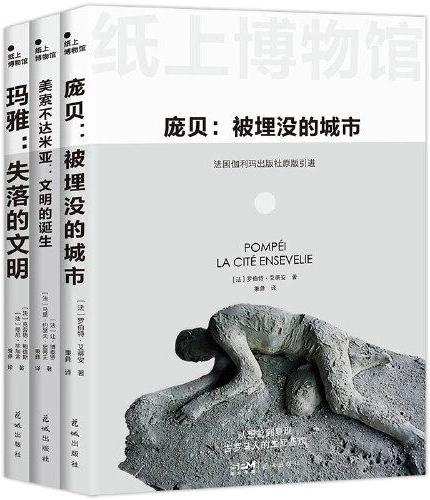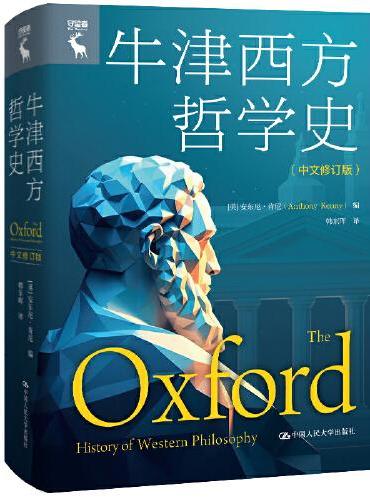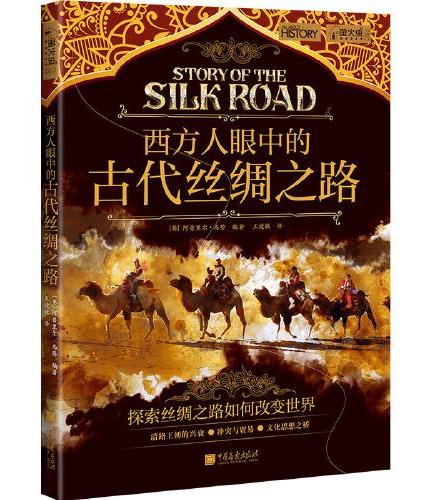
 |
登入帳戶
| 訂單查詢
| |
||
| 臺灣用戶 |
| 品種:超過100萬種各類書籍/音像和精品,正品正價,放心網購,悭钱省心 | 服務:香港/台灣/澳門/海外 | 送貨:速遞/郵局/服務站 |
|
新書上架:簡體書
繁體書
三月出版:大陸書
台灣書 |
|
share:
|
||||
|
新書推薦:  《 美元霸权的兴衰:它将如何影响全球经济、金融市场和我们的财富(梳理美元发展历程,剖析崛起与衰退的根源) 》 售價:HK$ 63.8  《 纸上博物馆·文明的崩溃:庞贝+玛雅+美索不达米亚(法国伽利玛原版引进,450+资料图片,16开全彩印刷) 》 售價:HK$ 279.4  《 郭实猎与“开放中国”——19世纪上半叶的中西碰撞(精) 》 售價:HK$ 74.8  《 海外中国研究·中国古代的身份制:良与贱 》 售價:HK$ 85.8  《 国色(《寻色中国》首席色彩顾问郭浩重磅力作,中国传统色丰碑之作《国色》,探寻中国人的色彩世界!) 》 售價:HK$ 217.8  《 图解组织心理学:从零开始养成领导力 》 售價:HK$ 74.8  《 牛津西方哲学史(中文修订版) 》 售價:HK$ 140.8  《 萤火虫全球史:西方人眼中的古代丝绸之路 》 售價:HK$ 83.6
|
|
| 書城介紹 | 合作申請 | 索要書目 | 新手入門 | 聯絡方式 | 幫助中心 | 找書說明 | 送貨方式 | 付款方式 | 香港用户 | 台灣用户 | 海外用户 |
| megBook.com.hk | |
| Copyright © 2013 - 2025 (香港)大書城有限公司 All Rights Reserved. | |